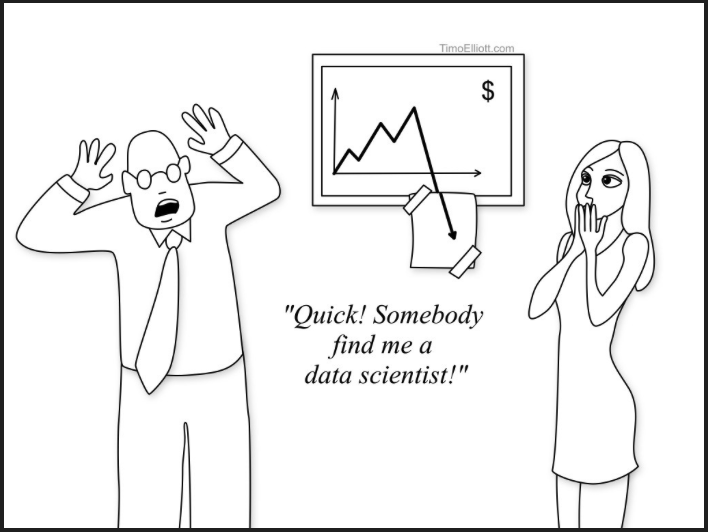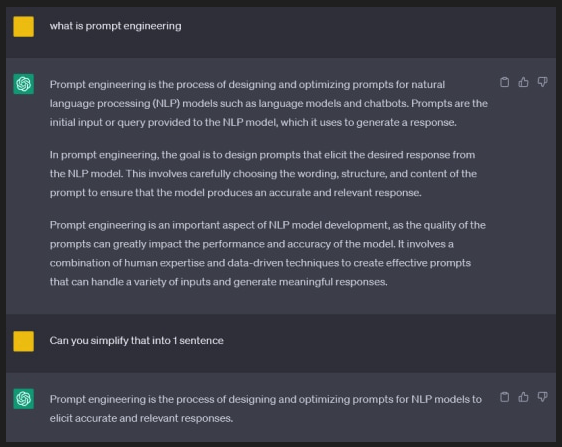I am consistently asked by younger professionals my take on the analyst role and its future. The demand for professionals who can skillfully navigate, interpret, and leverage data has skyrocketed. Data analysts, in particular, have found themselves at the heart of this burgeoning demand, serving as the linchpins in organizations’ efforts to make data-driven decisions. As we dig into the state of the data analyst job market in 2024, it’s clear that this trend is not only continuing but also evolving in fascinating ways. Here, we explore the current landscape, backed by the latest statistics, to understand where the field stands today and where it might be heading.

The Growing Demand for Data Analysts
The demand for data analysts has been on a steady incline over the past decade, and recent statistics indicate that this trajectory has not only persisted but accelerated. According to the U.S. Bureau of Labor Statistics (BLS), the employment of data analysts is projected to grow 25% from 2022 to 2032, much faster than the average for all occupations. This surge is largely attributed to the increasing reliance on data across all sectors, from healthcare and finance to retail and beyond.
…the employment of data analysts is projected to grow 25% from 2022 to 2032
U.S. Bureau of Labor Statistics
A 2023 survey by LinkedIn ranked data analyst roles among the top ten most in-demand jobs, with job postings for data analysts increasing by over 30% year-over-year. This demand is reflective of the broader trend towards digital transformation and the adoption of data-driven decision-making processes across industries.
Salary Trends: A Reflection of Growing Demand
As demand has surged, so have salaries. In 2024, the median annual wage for data analysts in the United States has been reported to be approximately $70,000, with variations depending on experience, industry, and location. Senior data analysts and those with specialized skills in high-demand areas such as machine learning, big data, and data visualization can command salaries well over $100,000.
Interestingly, the wage growth for data analysts has outpaced many other professions, a testament to the critical role these professionals play in the modern economy. Companies are not only looking to hire more data analysts but are also willing to invest in their development and retention, recognizing the value they bring to the organization. But you have to speak up, it is usually not offered as a general benefit.
Skills in Demand
The skill set required for data analysts has also evolved. While traditional skills in statistical analysis, SQL, and Excel remain foundational, there’s a growing demand for proficiency in data visualization tools like Tableau and Power BI, programming languages such as Python and R, and understanding of machine learning algorithms. The ability to communicate complex findings in a clear and actionable manner is also increasingly emphasized, reflecting the role of data analysts as bridges between data insights and business strategy. Also, many BI platforms have their own middleware such as Thoughtspot’s TML and the robust LookML for Looker. These skillsets are highly in demand outside of the traditional languages. Analysts need to become more than just analysts, building out their engineering skillsets.

The Future of the Data Analyst Job Market
Looking ahead, the future of the data analyst job market appears robust. The ongoing digital transformation across industries suggests that the reliance on data analytics will only deepen. Emerging technologies such as artificial intelligence (AI) and the Internet of Things (IoT) are set to generate vast new datasets, further fueling demand for skilled analysts.
As the data landscape becomes increasingly complex and intertwined with cutting-edge technologies, the skill set required for data analysts is evolving. Beyond traditional data analysis skills, there’s a growing need for data analysts to possess knowledge in engineering principles and AI prompt engineering. This shift reflects the broader trend towards more sophisticated data processing and the rise of generative AI tools in data analysis.
The Evolving Skill Set: Engineering and AI Prompt Engineering
Engineering Skills
The integration of engineering skills into the data analyst’s toolkit is a response to the increasing complexity of data ecosystems. Data analysts are now expected to understand the basics of data engineering practices, such as data modeling, ETL (extract, transform, load) processes, and data warehousing. This knowledge enables analysts to work more effectively with data engineers and to participate in the design and optimization of data pipelines. The ability to manipulate and prepare large datasets for analysis, often in real-time, requires a solid understanding of the underlying systems and architectures, making engineering skills invaluable.
AI Prompt Engineering
With the advent of AI and machine learning models, a new skill has emerged as crucial for data analysts: AI prompt engineering. This involves crafting queries and prompts that effectively communicate with AI models to generate desired outputs. As AI becomes a more integral part of data analysis, the ability to interact with these models in a way that leverages their full potential is becoming a key competency.
AI prompt engineering requires a deep understanding of the model’s capabilities and limitations, as well as creativity in prompt design. It’s a skill that blends technical knowledge with linguistic nuance, allowing analysts to extract insights, generate reports, or even predict trends with the assistance of AI tools. For instance, using GPT (Generative Pre-trained Transformer) models to analyze customer feedback requires skillfully designed prompts to produce meaningful and actionable analysis.

Preparing for the Future
For data analysts, acquiring engineering and AI prompt engineering skills is becoming increasingly important. These competencies not only enhance their ability to handle more complex data challenges but also position them at the forefront of technological innovation. Educational programs and professional development courses are beginning to adapt, offering training in these areas to prepare the next generation of data analysts.
Moreover, organizations are recognizing the value of these skills, often providing opportunities for existing staff to upskill. Investing in training and development in these areas can significantly enhance an analyst’s career prospects, opening up new opportunities in roles that require a blend of data analysis, engineering, and AI expertise.
The requirement for engineering and AI prompt engineering skills marks a significant evolution in the role of the data analyst. As the field of data analysis intersects more deeply with engineering and AI, analysts equipped with these skills will find themselves in high demand. The ability to not only analyze data but also to participate in the design of data systems and to interact effectively with AI models will distinguish the next generation of data analysts. For those in the field, embracing these evolving skill sets will be key to success in the ever-changing landscape of data analytics.
The state of the data analyst job market in 2024 is one of vibrant growth, evolving skill requirements, and promising future prospects. As organizations across the globe continue to recognize the value of data-driven decision-making, the demand for skilled data analysts is set to remain strong. For professionals in the field, this presents a wealth of opportunities for career development and advancement. For those considering entering the field, there has perhaps never been a better time to do so. The era of data is well and truly upon us, and data analysts are leading the charge.
Follow me here on my blog at http://johnsteinmetz.net.





